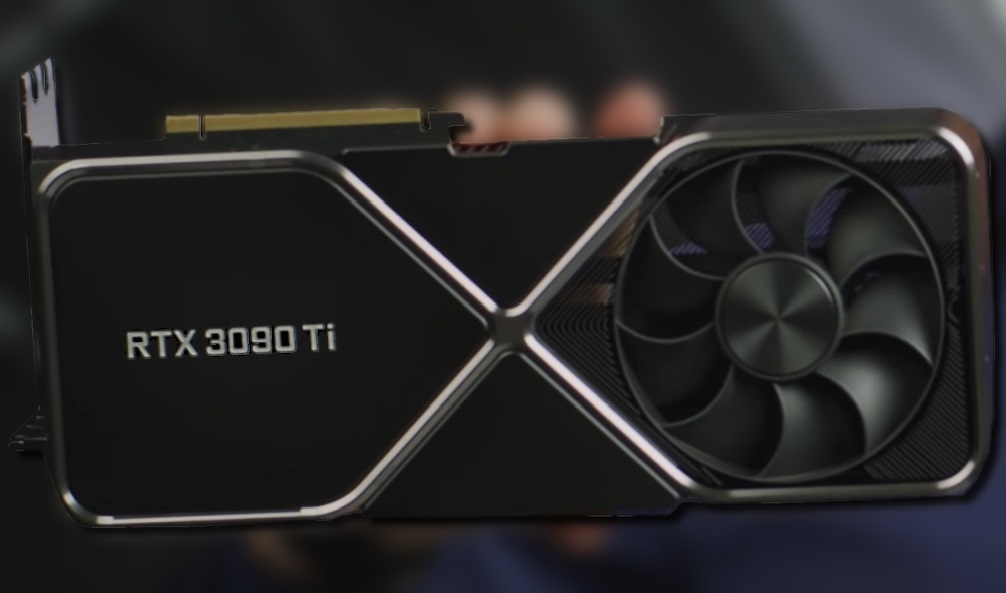The NVIDIA RTX 3090 graphics card is the behemoth in the RTX 30 series lineup, and it’s touted as the ‘BFGPU’ (Big Ferocious GPU) by NVIDIA. Tailored for the most intense gaming experiences and demanding creative tasks, the 3090 has piqued the interest of gamers and professionals alike. This article offers a comprehensive overview of the 3090’s specs, performance, and features to help consumers understand what this powerhouse has to offer.
Unpacking the Specifications
Gargantuan Memory for Intensive Tasks
One of the most significant features of the 3090 is its massive 24GB of GDDR6X memory. This substantial VRAM allows for smooth handling of 8K rendering, complex 3D scenes, and other memory-intensive applications. The card also boasts a wide 384-bit memory bus, enhancing its capability to process large chunks of data swiftly.
Core Counts and Speed Estimates
The 3090 comes equipped with an impressive number of CUDA cores — more than 10,000 — which propel its ability to manage parallel processing tasks effectively. Coupled with a boost clock that can reach 1.70 GHz and advanced tensor cores for AI processes, the 3090 delivers incredible speed for gaming and productivity.

Evaluating Performance and Usage
A New Standard for Gaming Excellence
The 3090 sets itself apart with the ability to run games at 4K resolution with ultra settings without breaking a sweat. It also paves the way for gaming at 8K, providing a glimpse into the future of high-resolution gaming. Players can experience consistently high frame rates, which are crucial for ensuring smooth, immersive gameplay.
Professional Use: A Workhorse for Creators
Besides gaming, the 3090 shines in professional workloads such as video editing, 3D rendering, and data science computations. Its raw power shortens the time for rendering complex scenes, and support for software like Adobe Premiere and Blender makes it an essential tool for creative professionals.
Delving Into the Unique Features
Ray Tracing and AI-Enhanced Graphics
NVIDIA’s second-generation RT cores on the 3090 facilitate real-time ray tracing, allowing for photorealistic lighting, shadows, and reflections in games and 3D applications. Alongside this, the AI-driven DLSS (Deep Learning Super Sampling) technology uses neural networks to upscale images, achieving higher frame rates without compromising on image quality.
Expanding Connectivity
The RTX 3090 comes with a variety of output ports including HDMI 2.1, enabling support for 8K resolution at 60Hz. It also supports PCI Express 4.0 for faster data transfer between the GPU and CPU. This ensures that the 3090 remains versatile for multiple display setups and future-proof for impending technological advancements.
Considering Market Position and Value
Premium Pricing and Target Demographic
The 3090’s premium status is reflected in its price tag, positioning it as a luxury item for hardcore enthusiasts and professionals who require peak performance for their applications. The high cost may put it out of reach for the average consumer but for those who demand the best of the best, the 3090 offers value commensurate with its price.
Longevity and Future-proofing
Investing in a 3090 means equipping oneself with a card capable of handling forthcoming advancements. This card can manage new games and applications for years to come. It is a purchase aimed at reducing the need for near-future upgrades. This investment anchors a high-performance PC build. Such a build remains at the cutting-edge.
In summary, the NVIDIA RTX 3090 graphics card is a marvel of modern technology. It represents the pinnacle of consumer graphics card performance. Its formidable specs cater to the upper echelon of gaming and professional tasks. The card sets a benchmark for graphic-intensive computing. The investment in the 3090 is considerable. However, the return is substantial for those requiring or desiring uncompromised performance. It offers forward-thinking features and robust capabilities. The 3090 stands not only as a tool for today’s demands. It also acts as a gateway to the future of digital content creation and consumption.
